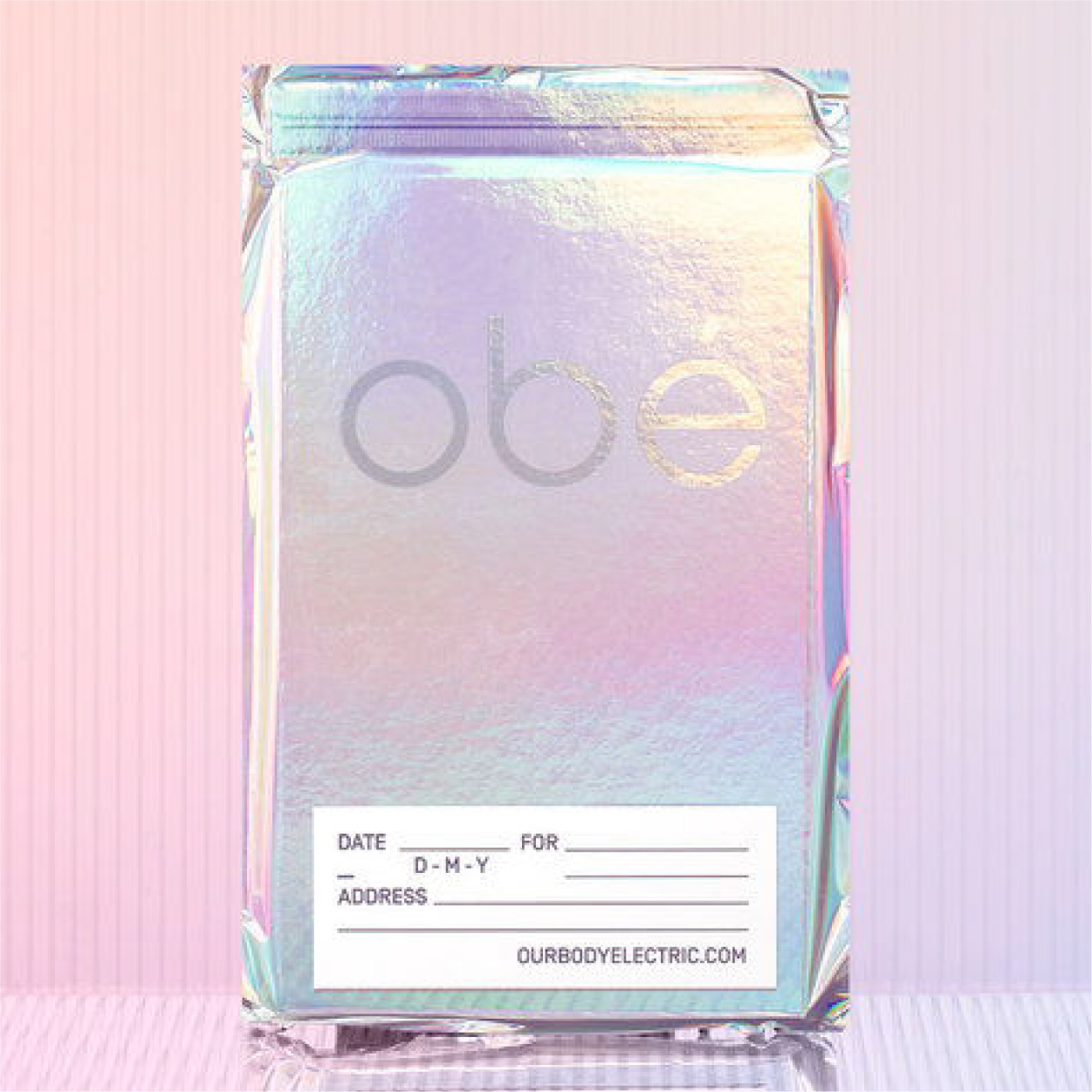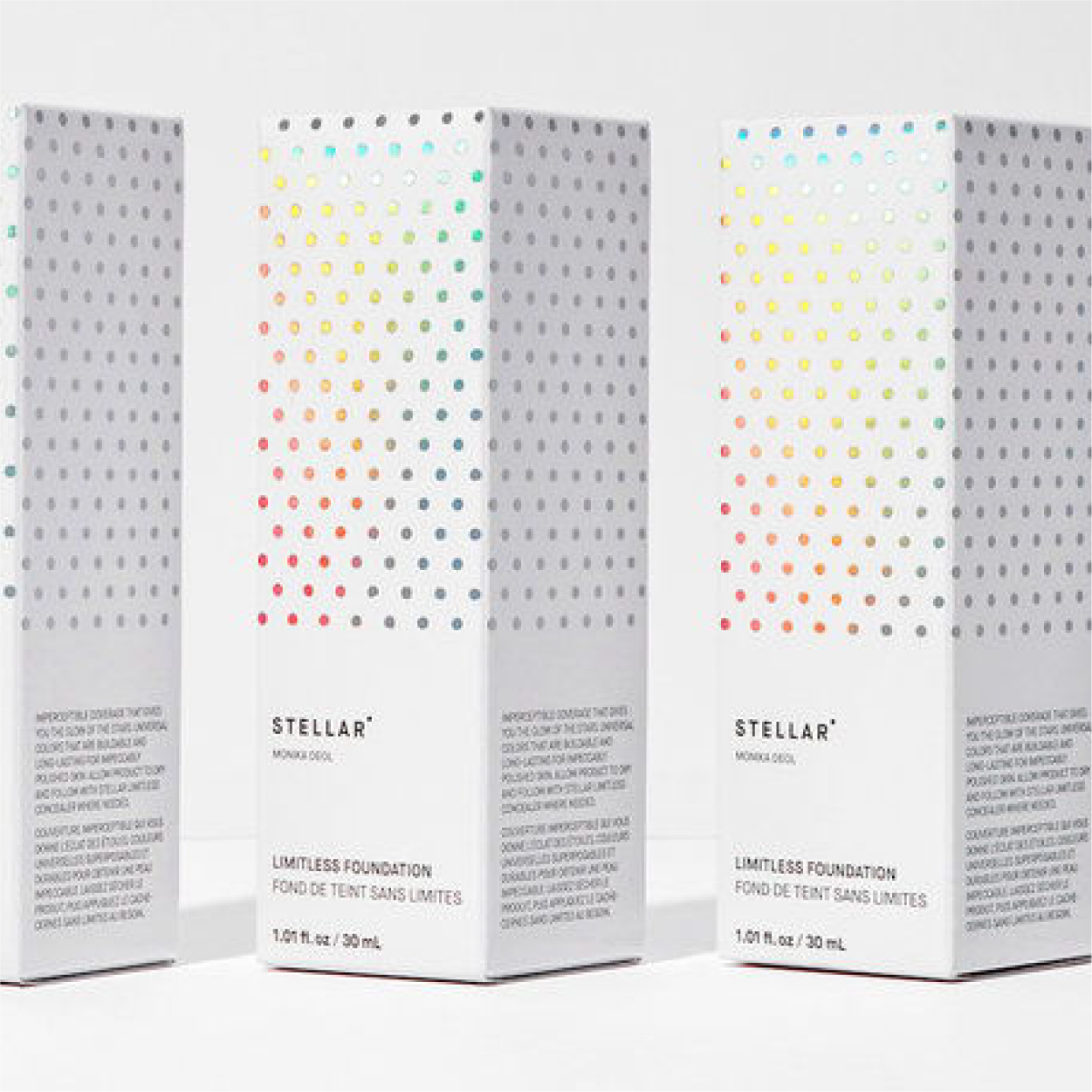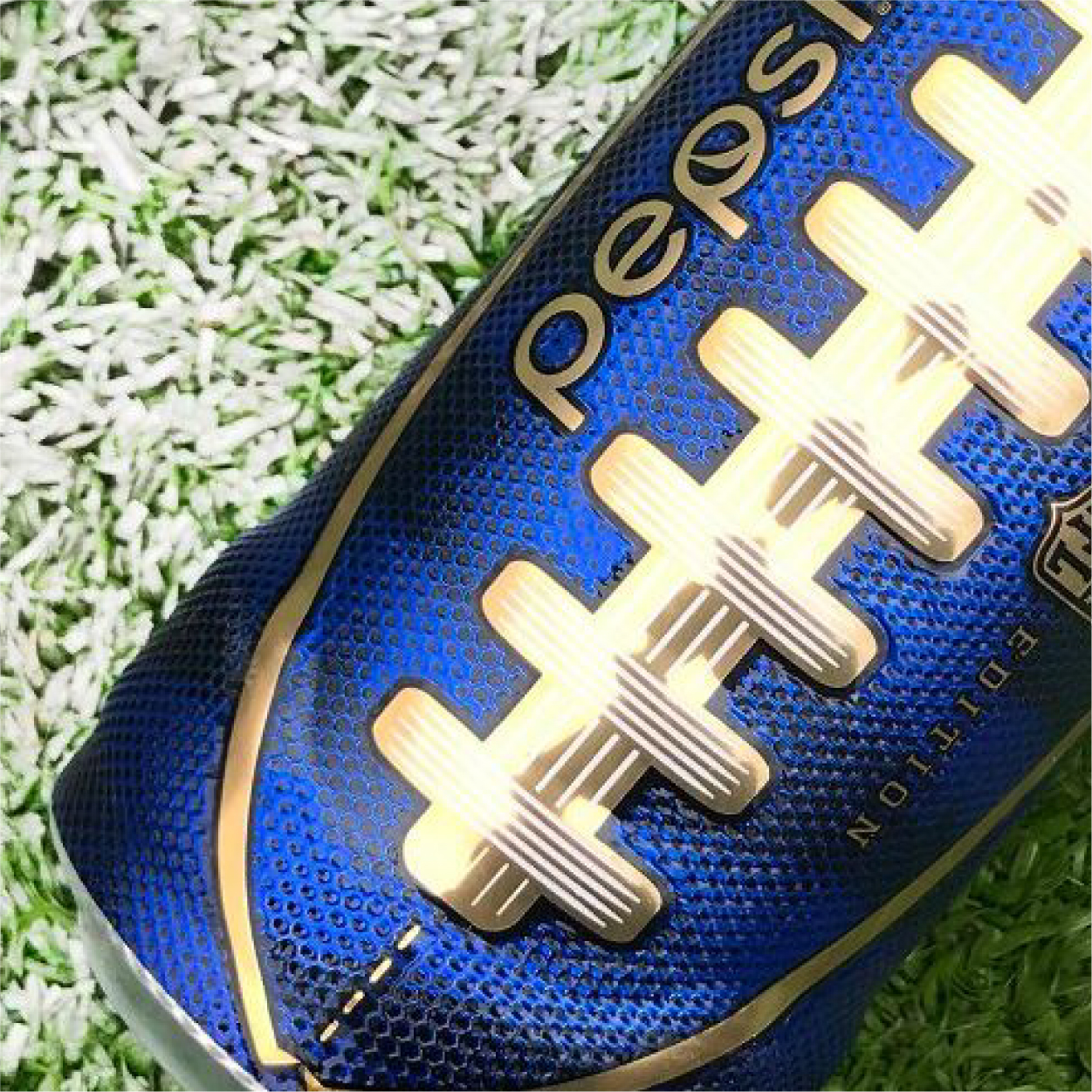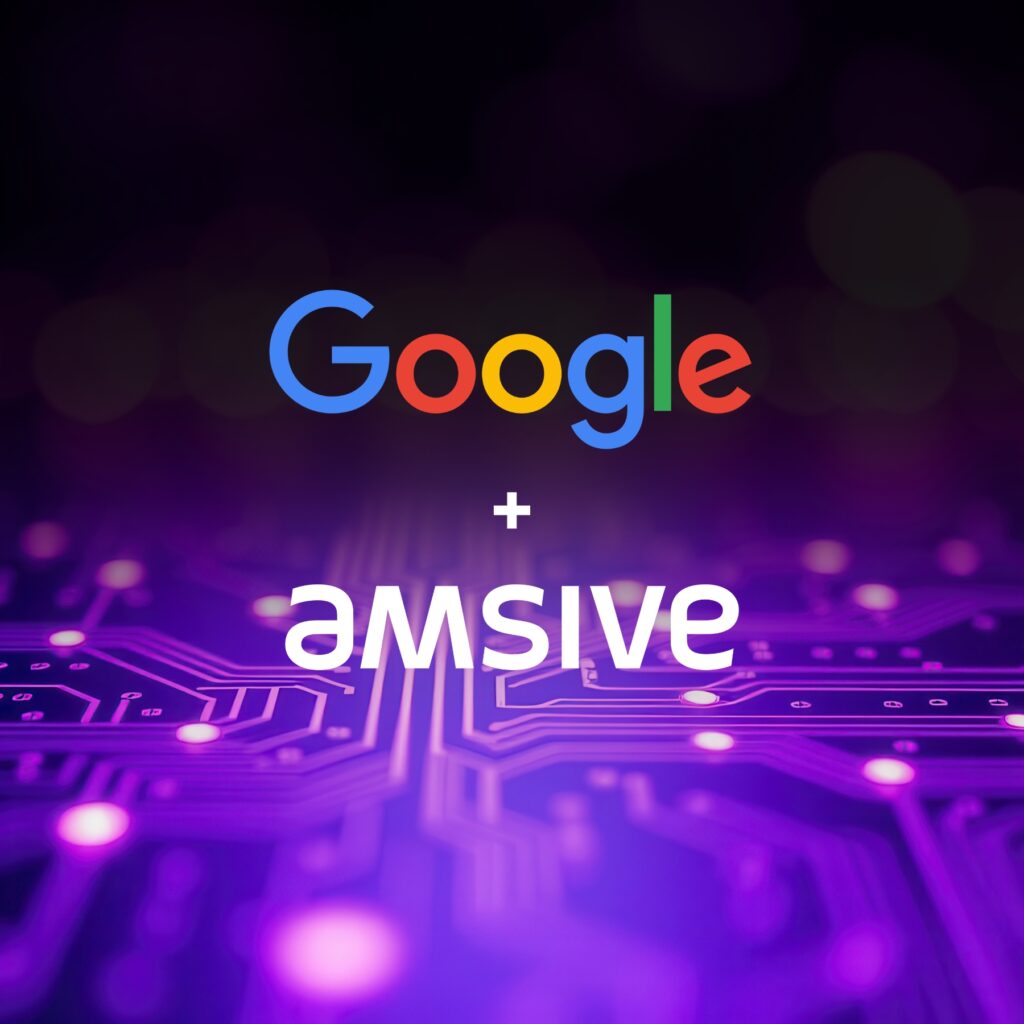The rules of what is demanded of packaging have changed. As people become more design and material aware, a brand’s packaging needs to do more than ever to stand out. This is important to you because while all branding and marketing is critical, packaging is typically what consumers will interact with most.
Today we will sit down (metaphorically speaking) and have a look at just a few areas to keep an eye on –
Minimalist Packaging Design
If you are even the slightest bit familiar with design you understand that minimalist packaging design has been on trend for a good few years now, and really, it’s no surprise when consumers are market savvier than ever. We have been continually bombarded with bright, flashy graphics, and generic marketing points that could literally be placed on any product ever created since birth. It seems only natural that minimalist packaging has become so attractive. Simple and straight to the point, all unnecessary elements have been stripped down to the necessities – emphasizing the actual use of the product as well as transparency and authenticity of the brand itself.
In additional benefit of minimalist packaging is how it works seamlessly on screen. Minimalist packaging works extremely well on social media outlets like Facebook, Pinterest, and Instagram. In a landscape of excess visual clutter, it provides a natural resting place for the eye. You could say less is more here. However, that doesn’t mean there aren’t any rules. Today designers really need to take into consideration scalability of a product – How it will look on a retail shelf, up close physically in your hands, digitally on desktop, mobile devices, and as thumbnails. Font sizes and branding devices need to be legible at small scales, while not seeming comically large at actual size, and of course, where there is less, refinement becomes very important. As in anything that is seemingly simple, there are so many unexpected challenges. Exploration is crucial, and a lot of time needs to be made making small adjustments because when something isn’t quite right on minimalist packaging it looks dead wrong.
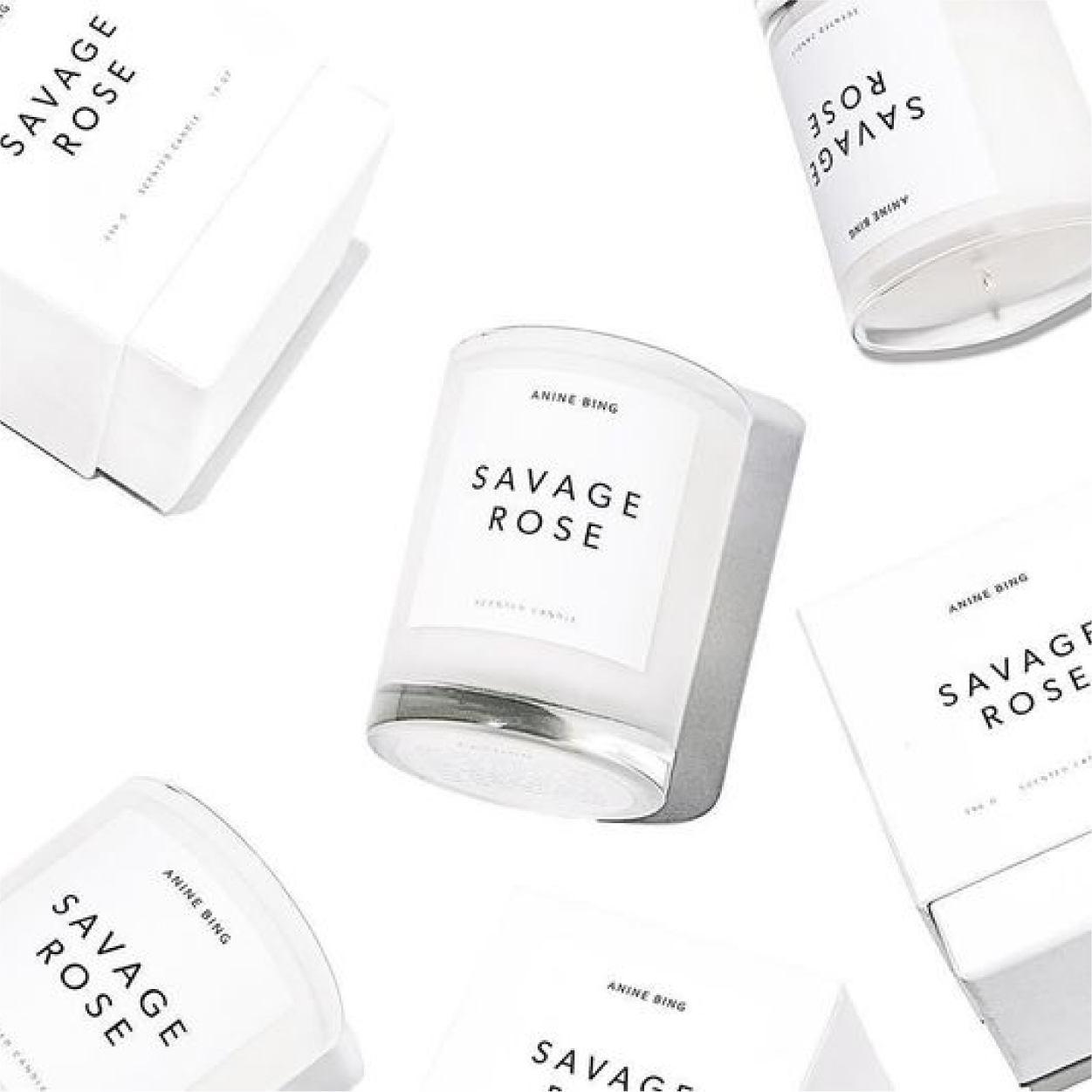
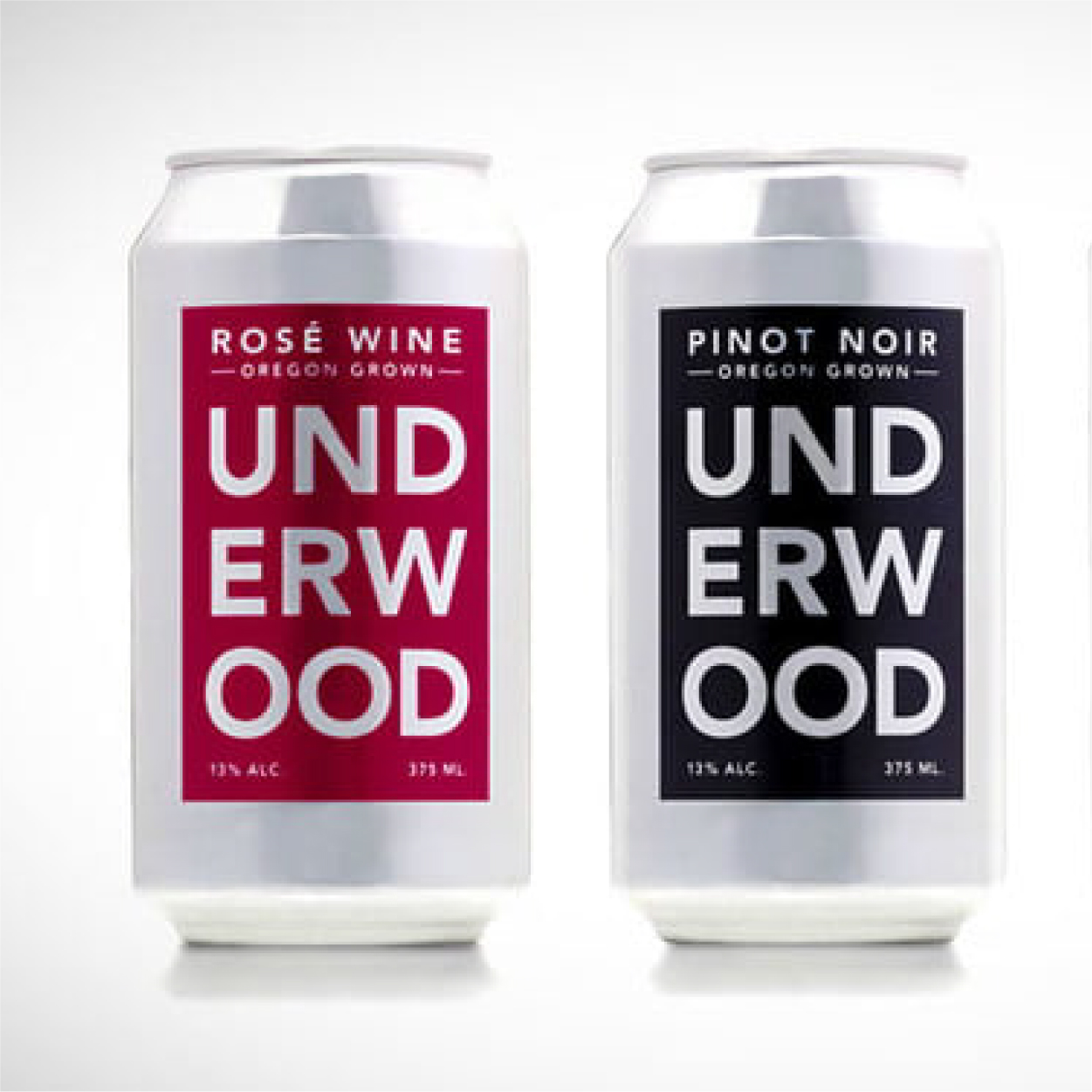
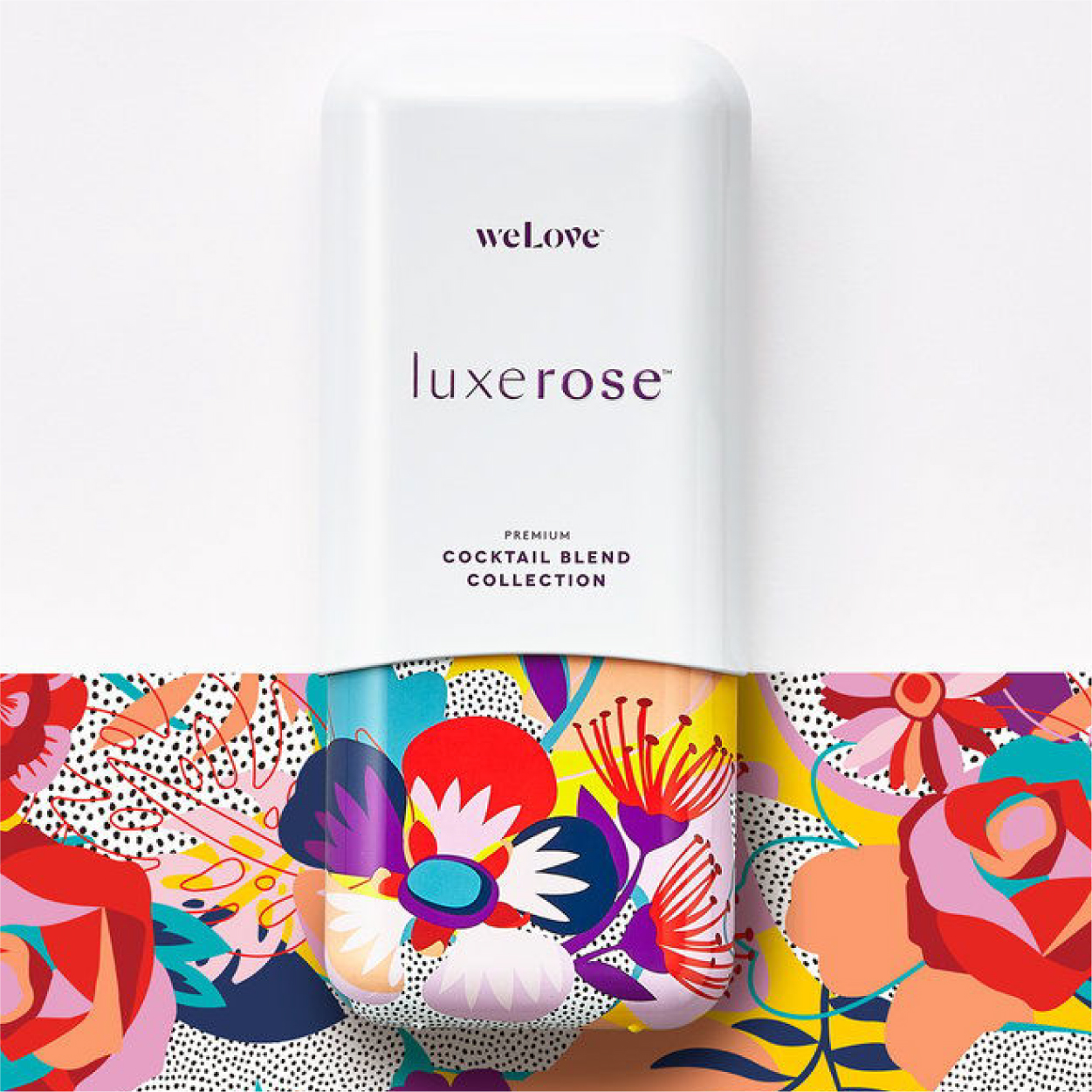
Limited Edition
Consider this a unique opportunity to reach out and connect with your consumers, to commemorate a specific time, trend or occasion. With advances in digital printing technology, production is now faster and more affordable making quick turn around for hot trends achievable.
When thinking about designing, lean into what your brand has to offer. If your brand has a rich history think about doing a vintage throwback. If your product is something that sees an incline during the holiday, consider creating a holiday edition. You can create packaging that drives home a stance or statement your brand stands behind. Gay rights limited edition packaging has seen a big jump in popularity in the past couple of years. This is also the best time to think outside of the box. Collaborations are huge right now, is there anyone in the art, design, fashion, textile, tattoo etc. community that on your consumers would be excited to see on your packaging?
Now is chance to blur the lines between art and design. For people to want your product not only because they like it, but because it aligns with their values, could be a collector’s item, looks great in their home, would be a great gift, or is super shareable via social media.
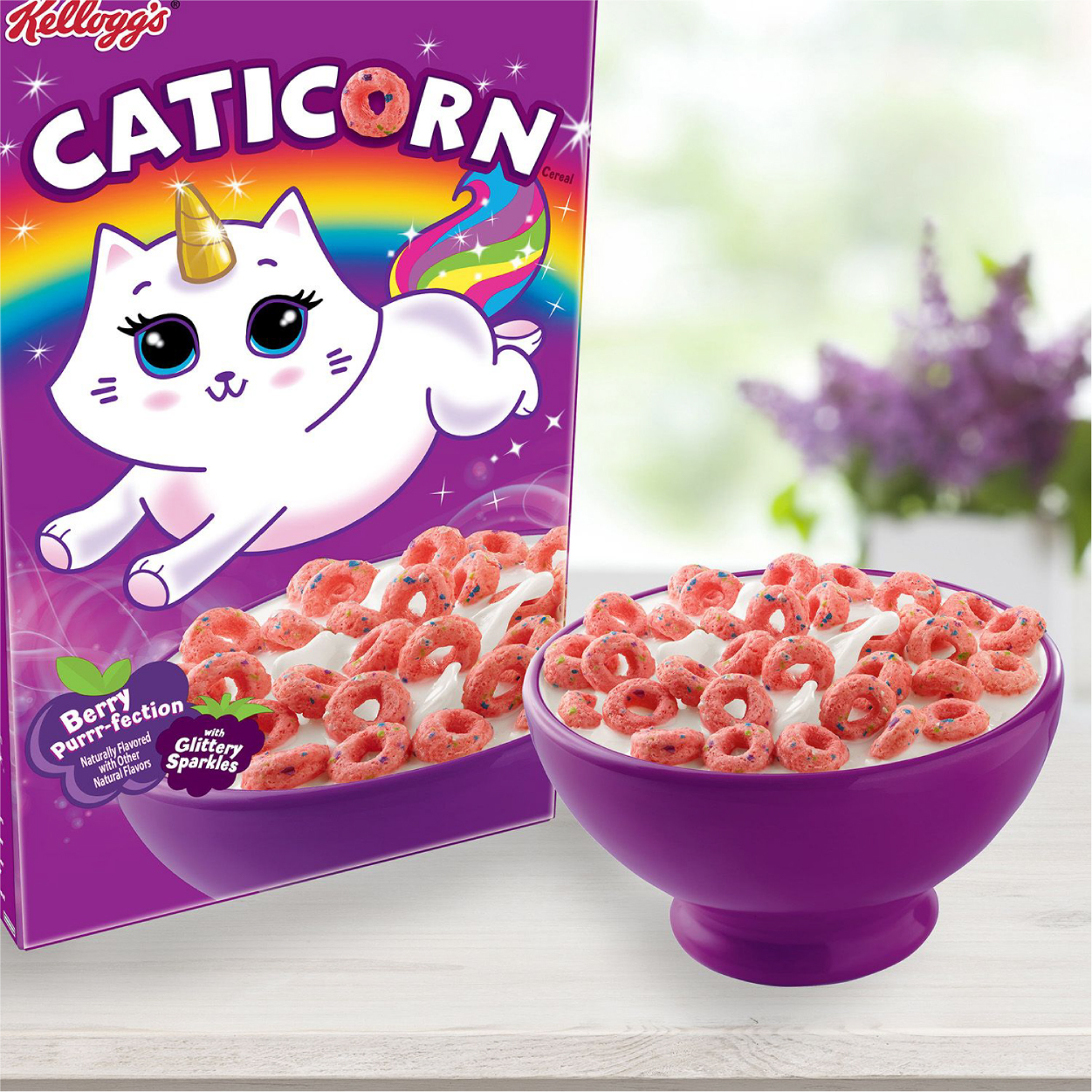
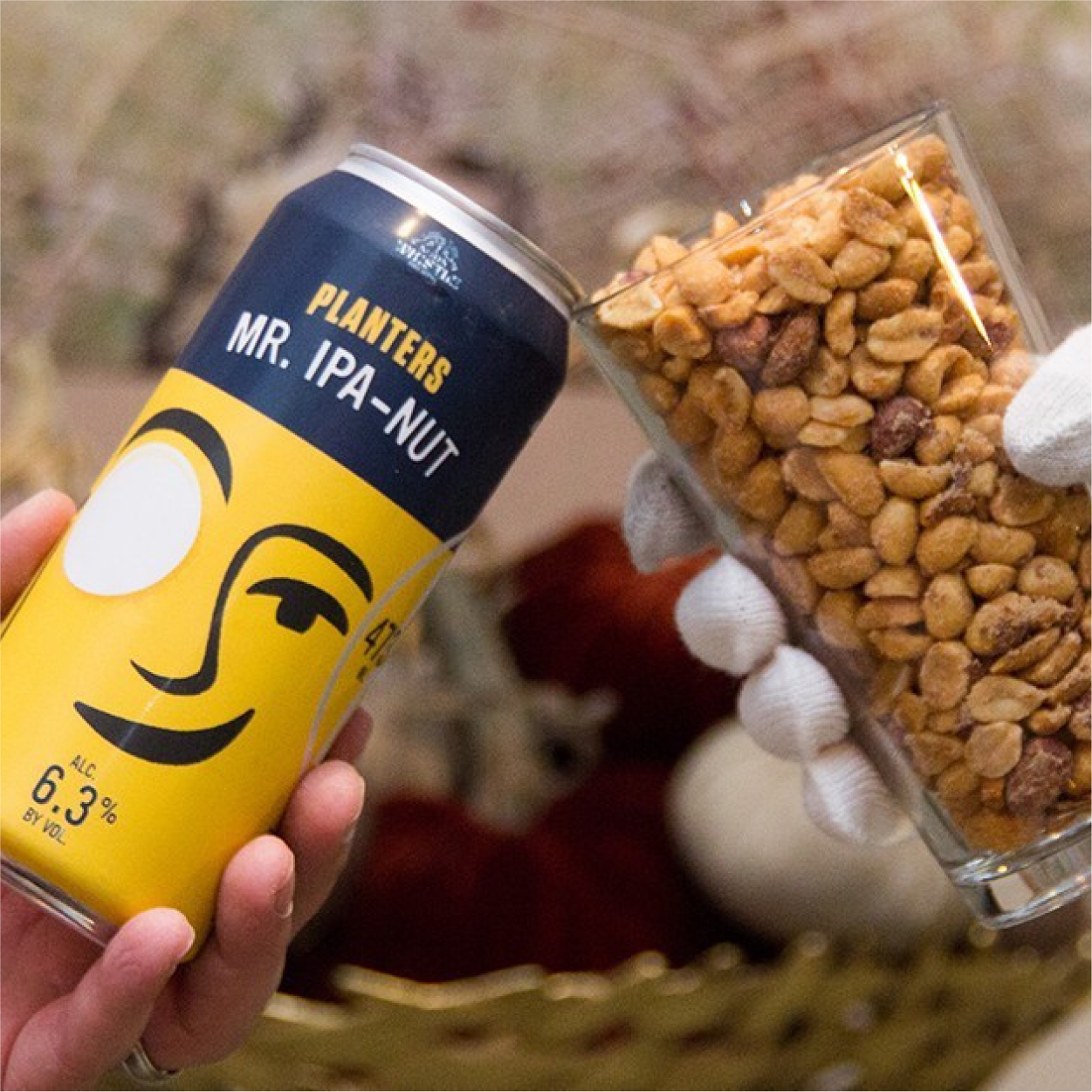
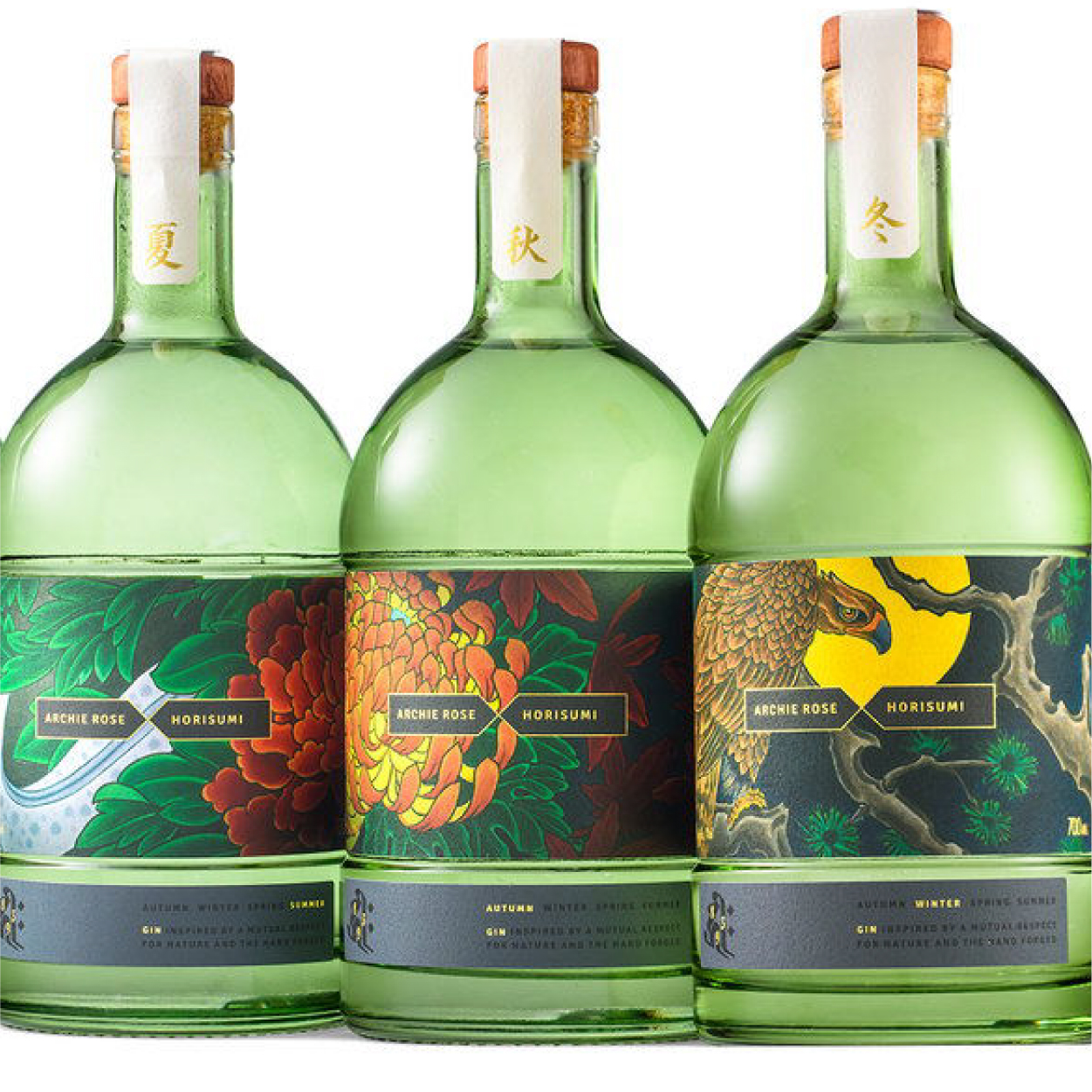
Experiential & Functional Packaging Design
Today, packaging needs to be more than just packaging, it needs to be an experience. Maximizing an overall experience and functionality of product packaging means greater consumer interaction, and greater consumer interaction means the brand gets more face time. And like anything else today, design or otherwise, if you can create an experience it is immediately more shareable. It can say something about your brand’s core values – Who you are as a brand, what you care about, and who you want to interact with.
First and foremost, never miss an opportunity to brand yourself. The devil is in the details here, and every part of packaging can and should be a totally branded experience. Consider if there is any angle of the packaging where you would not be able to distinguish the brand. If the consumer will see the interior of the packaging, brand it with a custom pattern or include some clever copy. If the product requires a custom molded clamshell packaging, include your logo in the mold. If all you can see is $$$ here, remember additional branding does not need to break the bank, even doing a something simple like a one-color flood coat on paper-based packaging is a far superior brand upgrade from a raw substrate color.
Second, think about how your packaging actually interacts with the consumer or the product itself. Packaging gets extra attention when it surprises the consumer, giving them a moment of pause when realizing how much thought when into the design. It can be something as simple as introducing a bright color hidden on the interior packaging that the consumer does not see until they open it, packaging that unfolds or opens in an interesting way, or is just beautiful and well made enough to reuse as a (branded!) container. Maybe it makes the actual product a little easier to use, like cleverly including equipment needed to use the product – think back to a time when you were annoyed because you only had a fork for your yogurt.
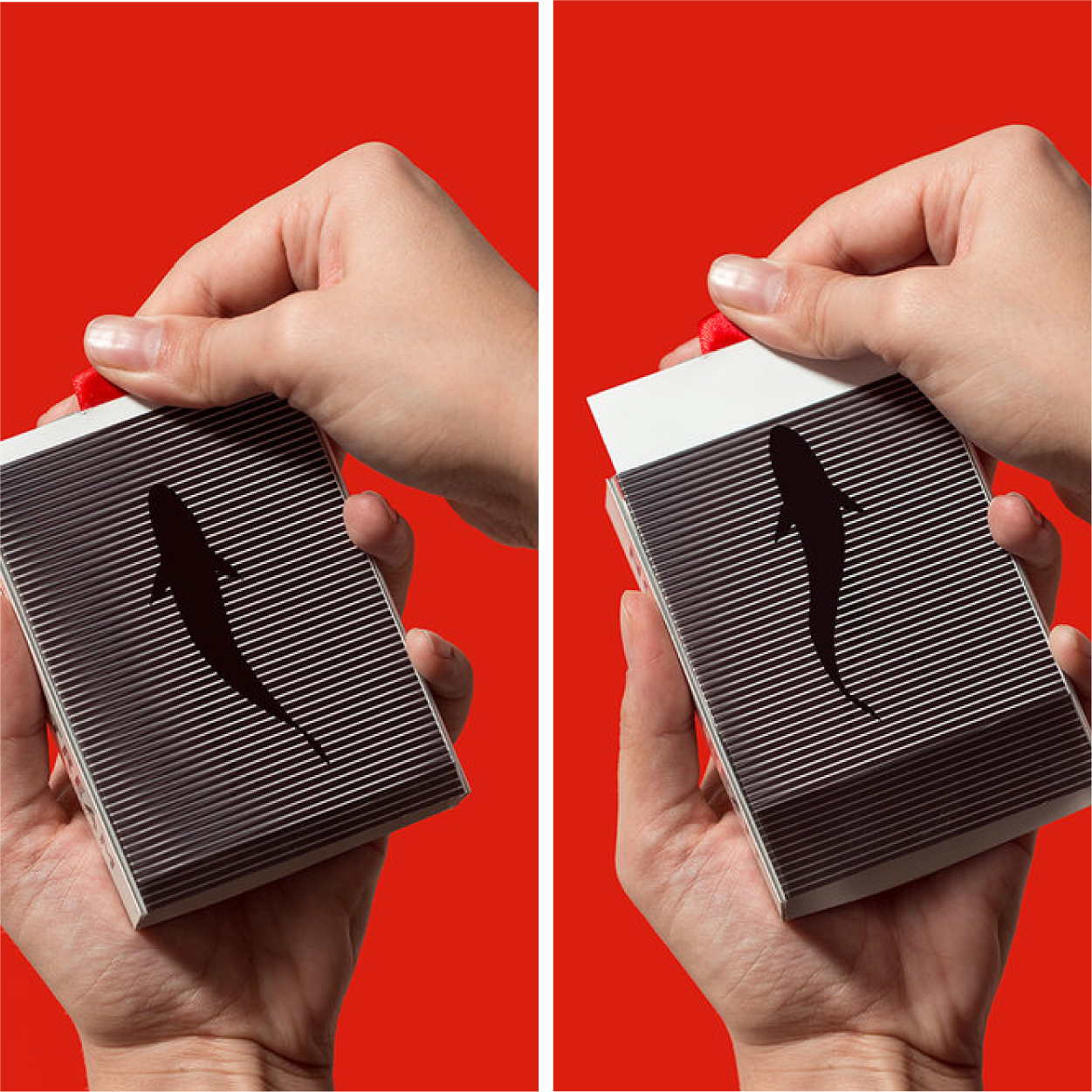
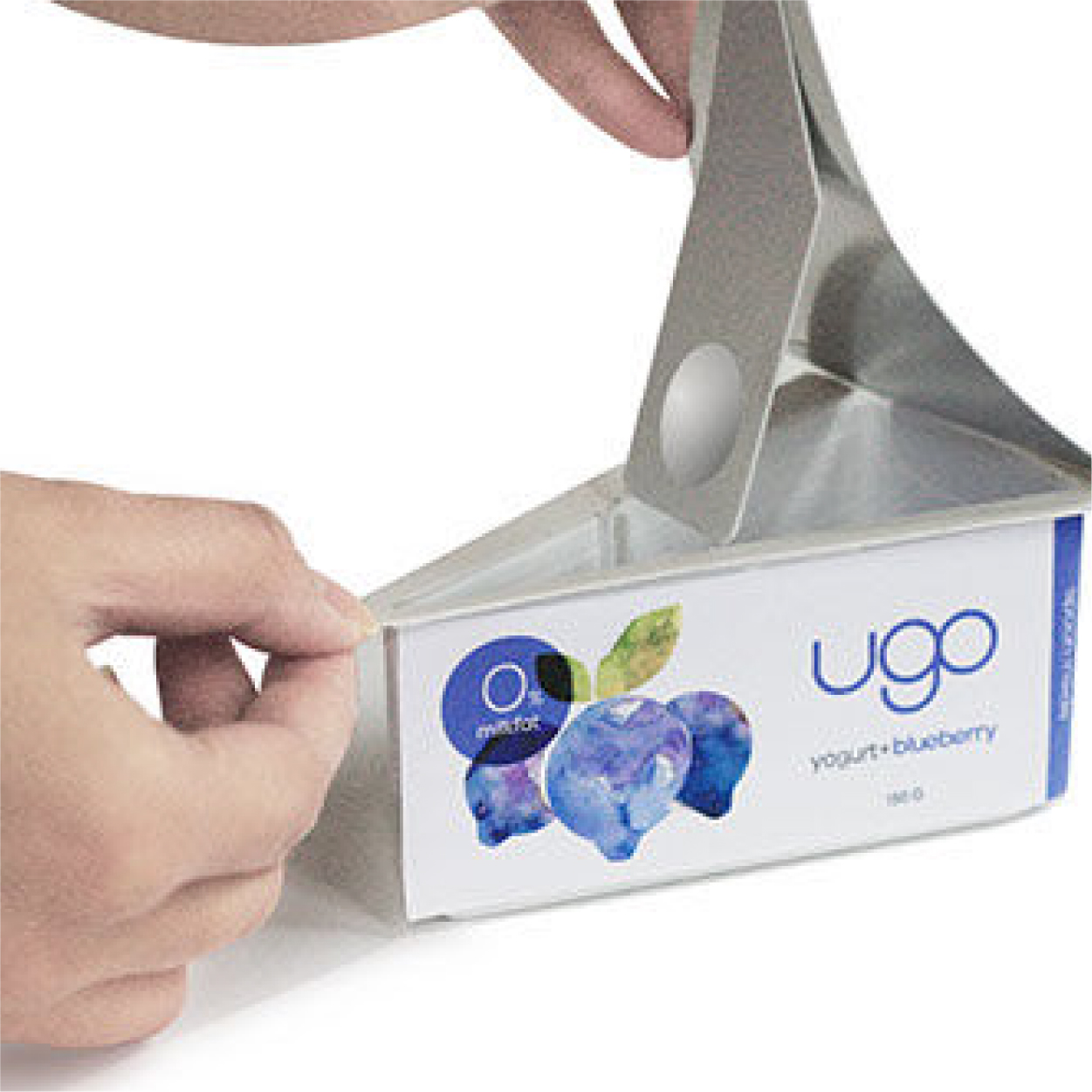
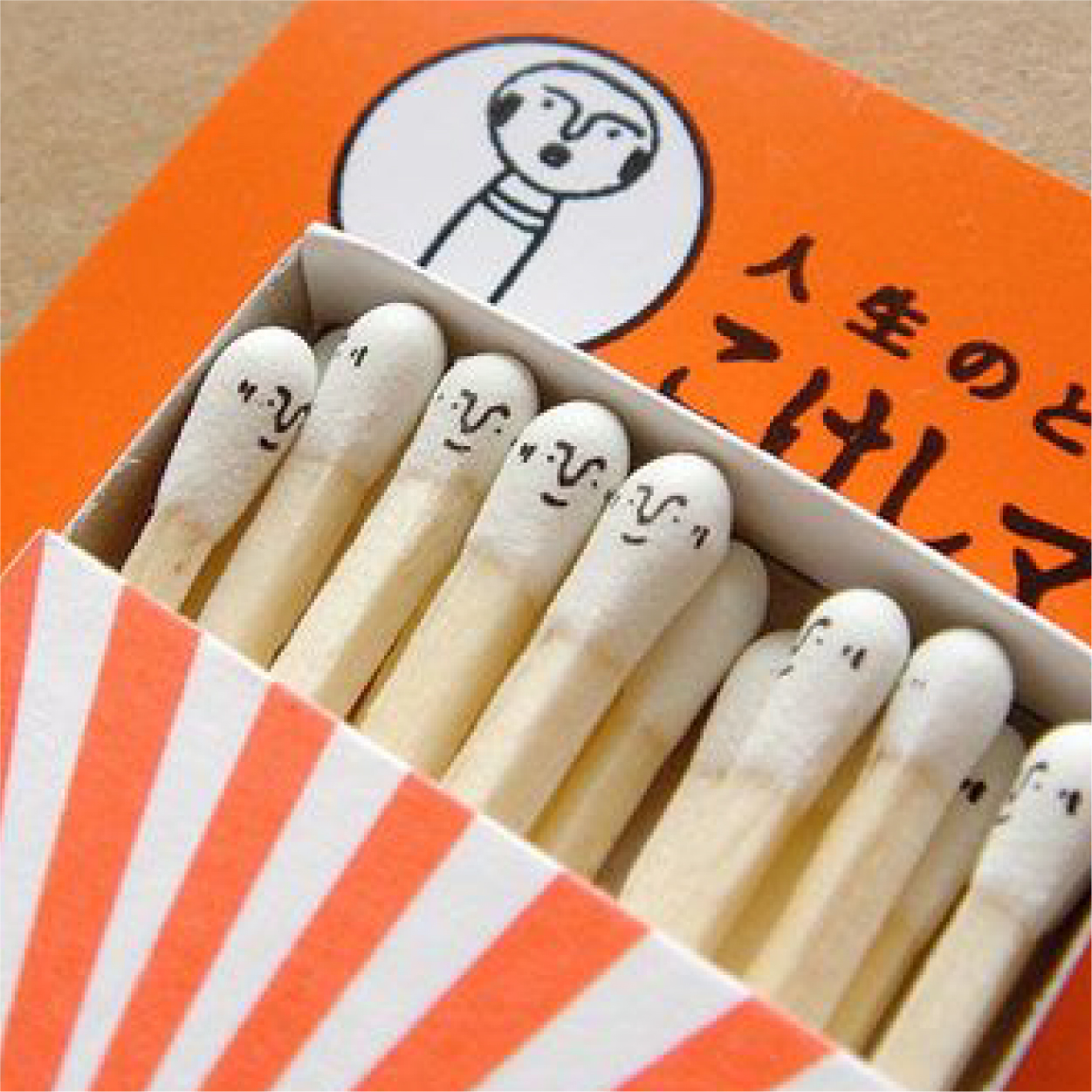
Premium Finishes
And last but not least, expanding upon experience, premium finishes get huge bonus points here. As implied by the word premium, if done correctly adding in some key finishes can make a package feel like much higher quality. While this may not be an entirely new idea, it is increasingly important for shareability, because simply put, packaging that feels more premium is far more likely to be photographed and shared.
Consider incorporating different types of foils into your packaging design. Foil adds dimension and can help your product stand out on a packed shelf. Holographic foil, which has been on trend for a few years now, looks multidimensional in a static image, and has a glittering effect when in motion, which is optimal for digital and social media.
Think about textural finishes. New printing technology has allowed for really interesting options in lower cost texturing. People are tactile, so adding in details like this can be a nice surprise when the consumer goes to actually handle the packaging. Changing the texture to a packaging substrate can drastically alter the way the consumer views the product’s quality. For example, textural finishes have the ability to transform a flimsier paperboard into feeling like a soft textured leather.
